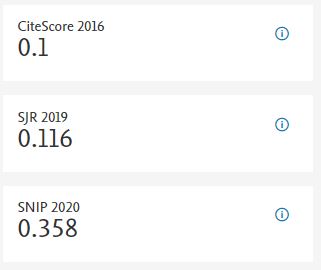AN ANALYSIS OF INDIAN HOUSEHOLDS' INVESTING AND SAVING BEHAVIOUR: WITH SPECIAL REFERENCE TO EAST ZONE OF INDIA.
Abstract
This research delves deeply into the ways in which families in India's East Zone save and invest. Examining the drivers, tendencies, and consequences of household financial decision-making in this varied region, the research draws on both quantitative data analysis and qualitative observations. The East Zone, which includes the northeastern states, West Bengal, Bihar, Jharkhand, and Odisha, offers a distinct socioeconomic environment marked by cultural variety and varied degrees of economic advancement. It is critical for people, financial institutions, and governments to understand saving and investment behaviour in this setting. The purpose of this research is to identify the elements that impact household financial decisions by looking at things like income, education, cultural influences, and availability of financial services. Finding patterns and trends in the data sheds light on the complexities of saving and investing in the area. In addition, the report suggests ways that financial institutions and politicians in India's East Zone may help more people gain access to financial services, be more responsible with their money, and increase financial inclusion. One hundred and ten male and female respondents from a range of age groups, educational backgrounds, marital statuses, and income and employment levels participated in the descriptive research technique that formed the core of the study. Of the 91 possible permutations of variables identified using the earson correlation approach, about 39 were determined to be statistically significant (p.05). Indicators of discretionary savings and investing behaviour seldom show a substantial positive association.














